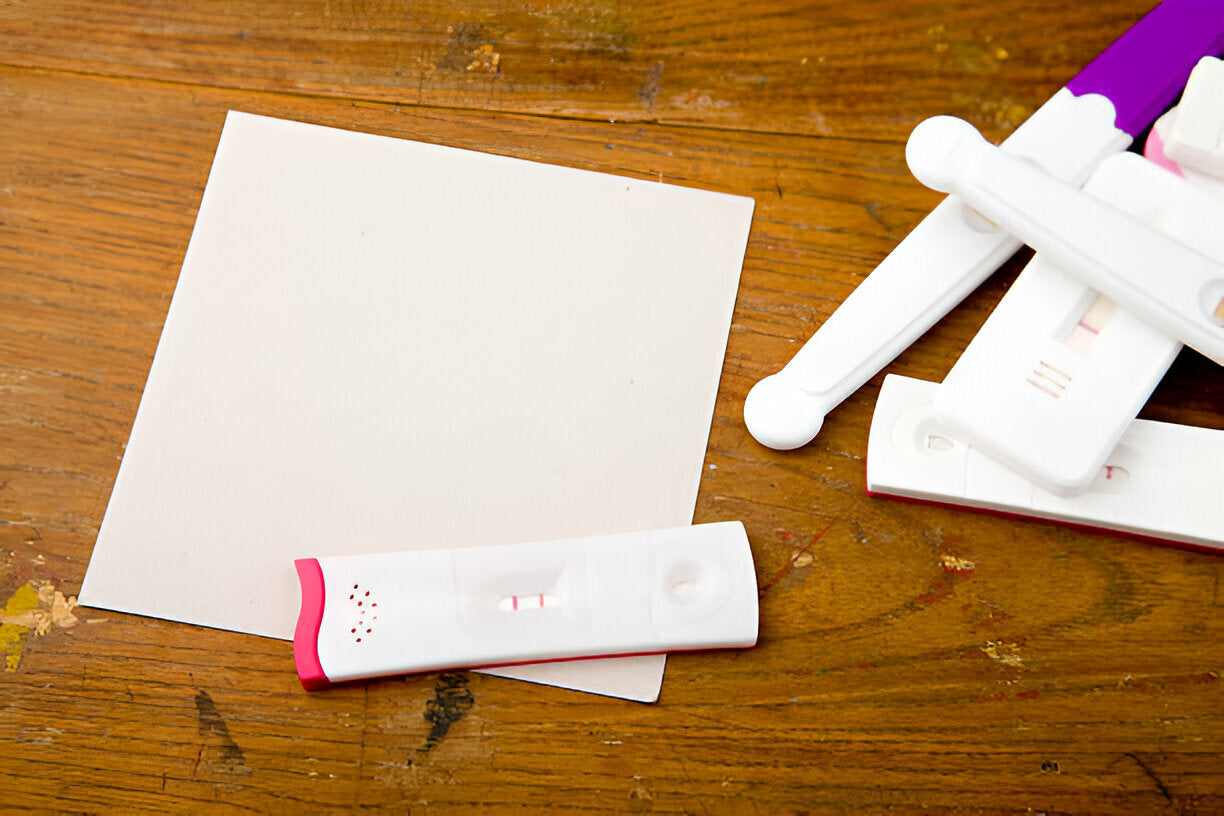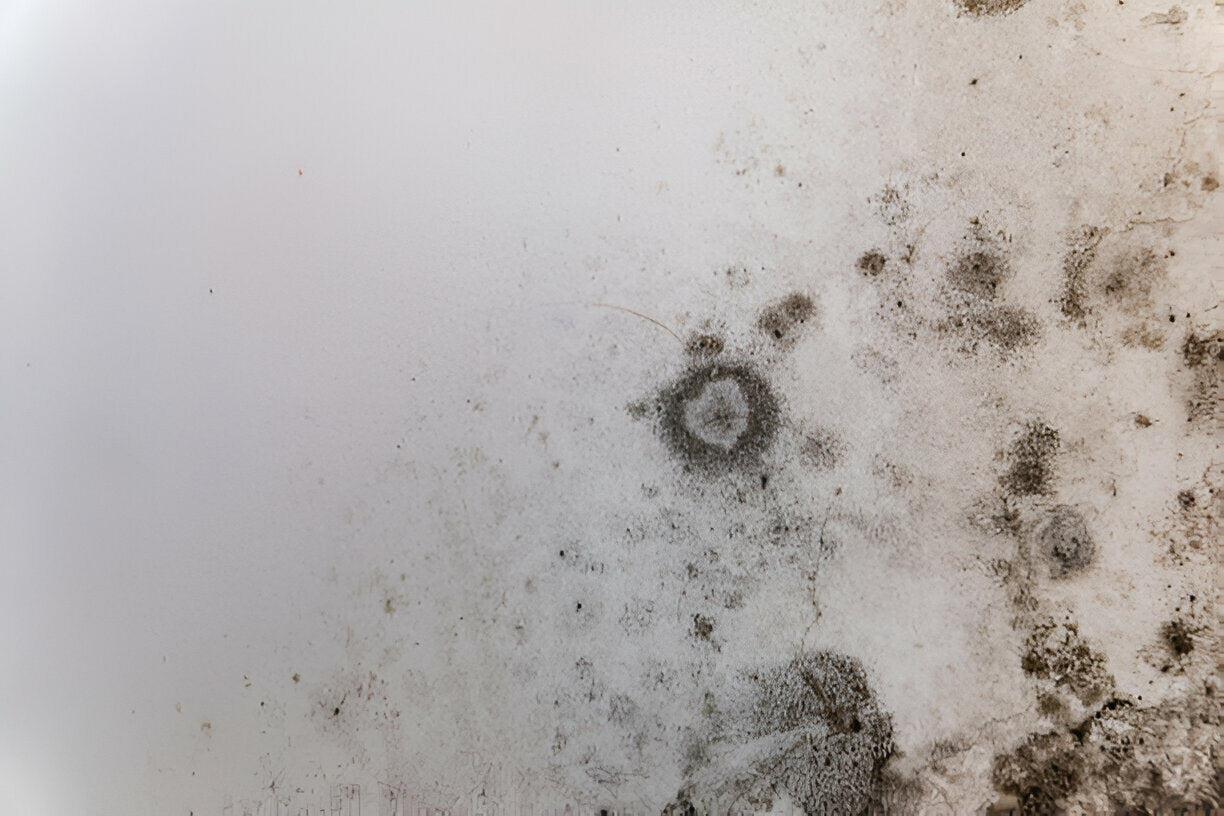We all must agree that the fireplace room is the most cozy part of a home. Everyone loves to enjoy the warm crackle of a fireplace. While focusing on the cozy charm of the fireplace, we often fail to notice the hidden risks, such as soot buildup.
Soot doesn’t just leave black marks on the walls; it also signals poor indoor air quality, inefficient combustion, and even health risks. The good part is that you can test it yourself by using a DIY Soot Testing Kit.
What is Soot and Why is it a Problem
Soot is a fine black powder made of tiny carbon particles that are released during incomplete combustion. It means if your wood, gas, or coal isn’t burning efficiently, soot is being formed. It floats through the air and settles on walls, ceilings, and even into the HVAC system.
Soot is found in ultra-fine particles that can travel deep into the lungs and bloodstream, causing respiratory and cardiovascular issues over time.
Reasons to Test for Soot in the Fireplace Room
There are multiple reasons to use a DIY soot test kit and check your fireplace room, such as:
-
Your Fireplace Room Might Not Be as Clean as It Looks
If you don’t see thick black streaks on walls or ceilings, it doesn’t mean that soot isn’t present there. Most homes have lights to moderate soot accumulation, which goes unnoticed until health symptoms appear.
You need to detect the invisible particles and check the performance of the fireplace to spot the issue before it turns into a bigger problem.
-
Improve Indoor Quality
The fireplace room is supposed to be comfortable, not contaminated. Poor air quality due to inefficient burning of firewood can cause:
-
Chronic coughing or sneezing
-
Eye, nose, and throat irritation
-
Asthma flare-ups
-
Headaches or fatigue
A simple DIY test kit can detect soot, the major culprit behind these. Thus, you can quickly and affordably evaluate whether the fireplace is affecting your home's indoor air quality.
-
Protect Your Walls, Ceilings, and Belongings
Soot isn’t just like dirt. It’s acidic in nature. That means it can slowly eat away at paint, drywall, metal, and fabric. Over time, you might be dealing with:
-
Yellow or black streaks on walls
-
Peeling paints
-
Damage to vents, grates, or light fixtures
-
Smelly fabric and drapes that hold onto soot scent
A DIY soot test kit from MyCo Test can help you check high-risk areas before visible damage sets in. An early insight is helpful to maintain your space more effectively and prevent long-term restoration costs.
-
Save Money by Skipping Unnecessary Cleaning
Chimney sweeps and fireplace inspections are important, but not cheap.
So, if your system is working properly and there aren’t any significant signs of an issue, you can skip the costly procedures by requesting the professionals to visit your place and perform unnecessary cleaning. This can all be possible if you perform DIY soot testing yourself.
With a soot test kit, you can check for:
-
Collect the samples easily
-
Get it tested by a verified lab
-
Get reports to plan future actions
With regular soot testing, you can stay ahead of the problem and plan everything in a very cost-effective manner.
How to Use a DIY Soot Test Kit
DIY soot testing is very easy. Here’s how it works:
Step 1: Choose Your Test Area
First of all, look for common soot collection points like walls above the mantle, nearby vents, window frames, ceiling corners, and behind the furniture. Any area with visible signs must be checked.
Step 2: Collection of the Sample
Use the provided tape in the test kit to collect samples and secure them onto the included glass slide.
Step 3: Send the Samples for Lab Testing
After completing the chain of custody form, send it back for the lab testing. The lab testing is the only way to have accurate results.
Step 4: Take Needed Action
After receiving the results, if more soot than expected is detected, it’s time for immediate action. You should do the following:
-
Switch to better firewood (it should be dry and hard)
-
Clean your chimney
-
Adjust airflow or dampers
-
Improve the ventilation of the room
-
Schedule a professional inspection
Final Thoughts
MyCo Test believes that your fireplace should be safe, cozy, and worry-free. Our DIY soot test kit is affordable and easy to use. It provides accurate results. In a few minutes, you can learn about soot settling in your home, the performance of your fireplace, and the quality of indoor air.
Before you light a fire and relax in your fireplace room, make sure it is a safe place for you and your family. Get a DIY soot test kit and check yourself to ensure a cozy and safe environment in your home.






